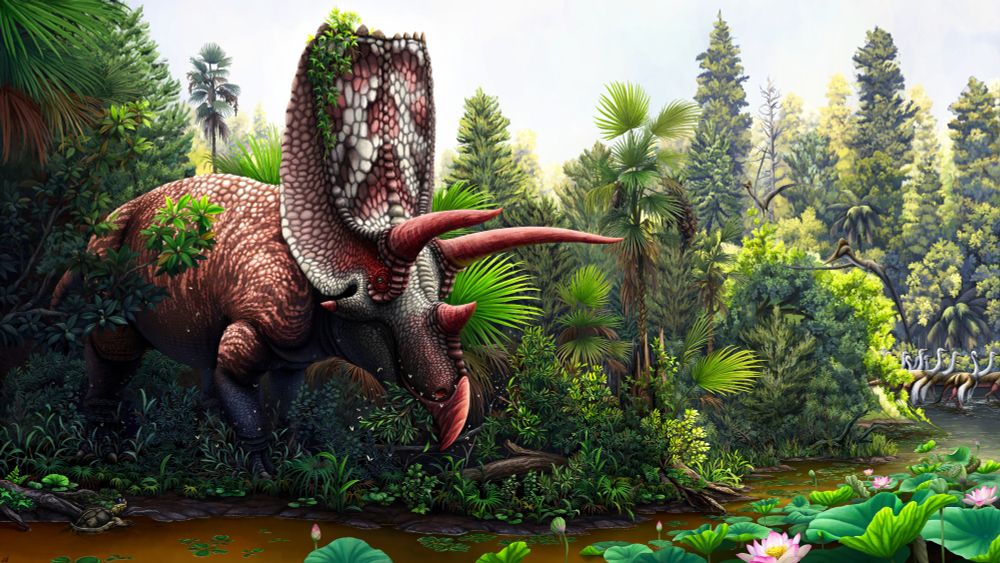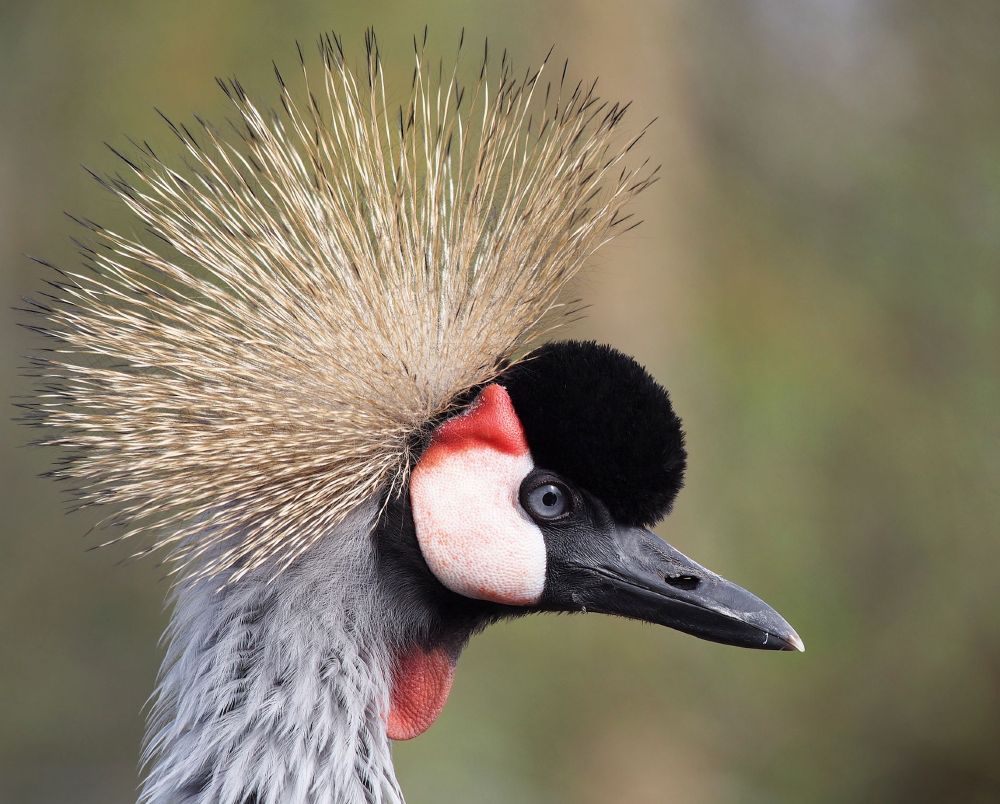Liam Elward Paleoart 🇵🇸
@paleobyliam.bsky.social
4.4K followers
510 following
530 posts
Chicago-based paleoartist. He/him. Email for commissions/inquiries at [email protected]
Posts
Media
Videos
Starter Packs
Pinned
Reposted by Liam Elward Paleoart 🇵🇸
Reposted by Liam Elward Paleoart 🇵🇸
Reposted by Liam Elward Paleoart 🇵🇸





















![Shunosaurus defending its young from some basal Sinraptorid theropods (“Schezuanosaurus zigonensis?”) [Engh]](https://cdn.bsky.app/img/feed_thumbnail/plain/did:plc:cxqdnippom73lt7hrb2iza5u/bafkreid7qzvfssnr5uuzuz7wf7esklsl7ece6khcvddpnlktqm3hdybqta@jpeg)






